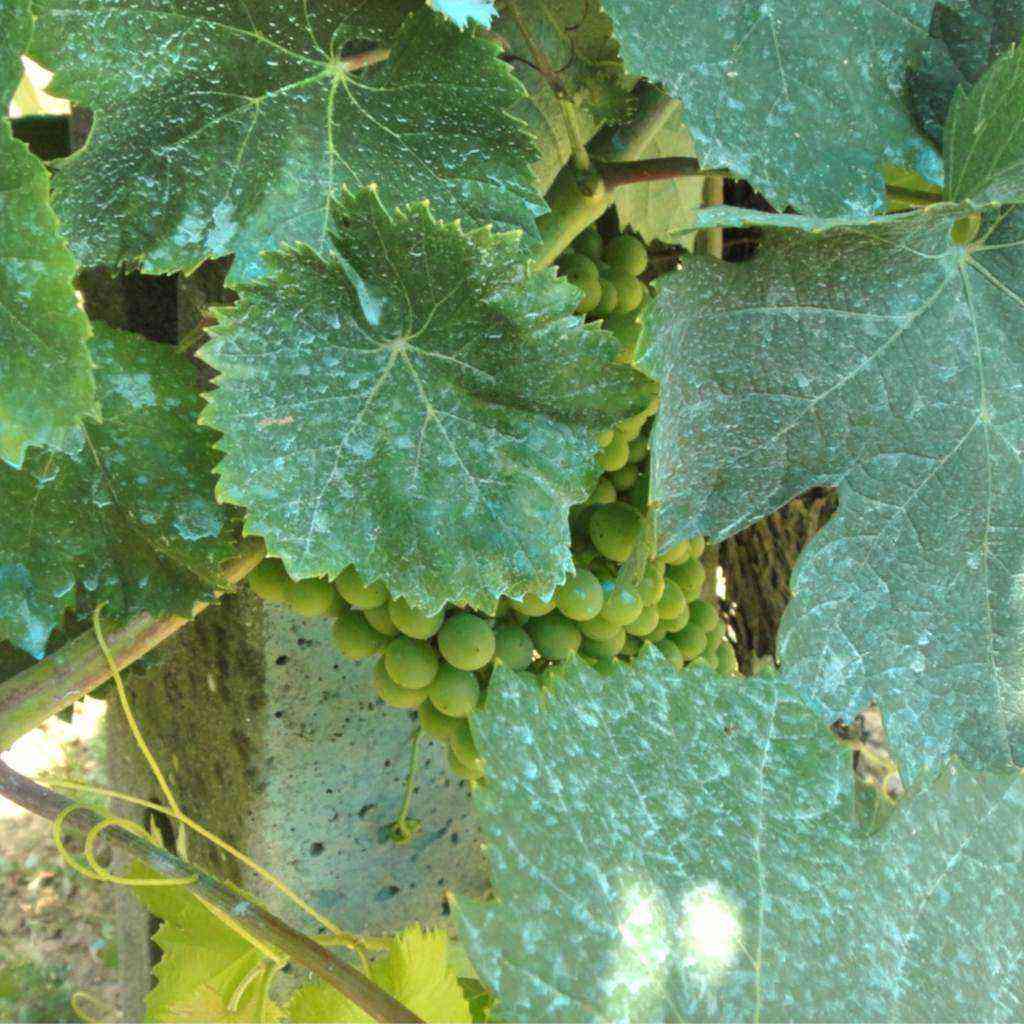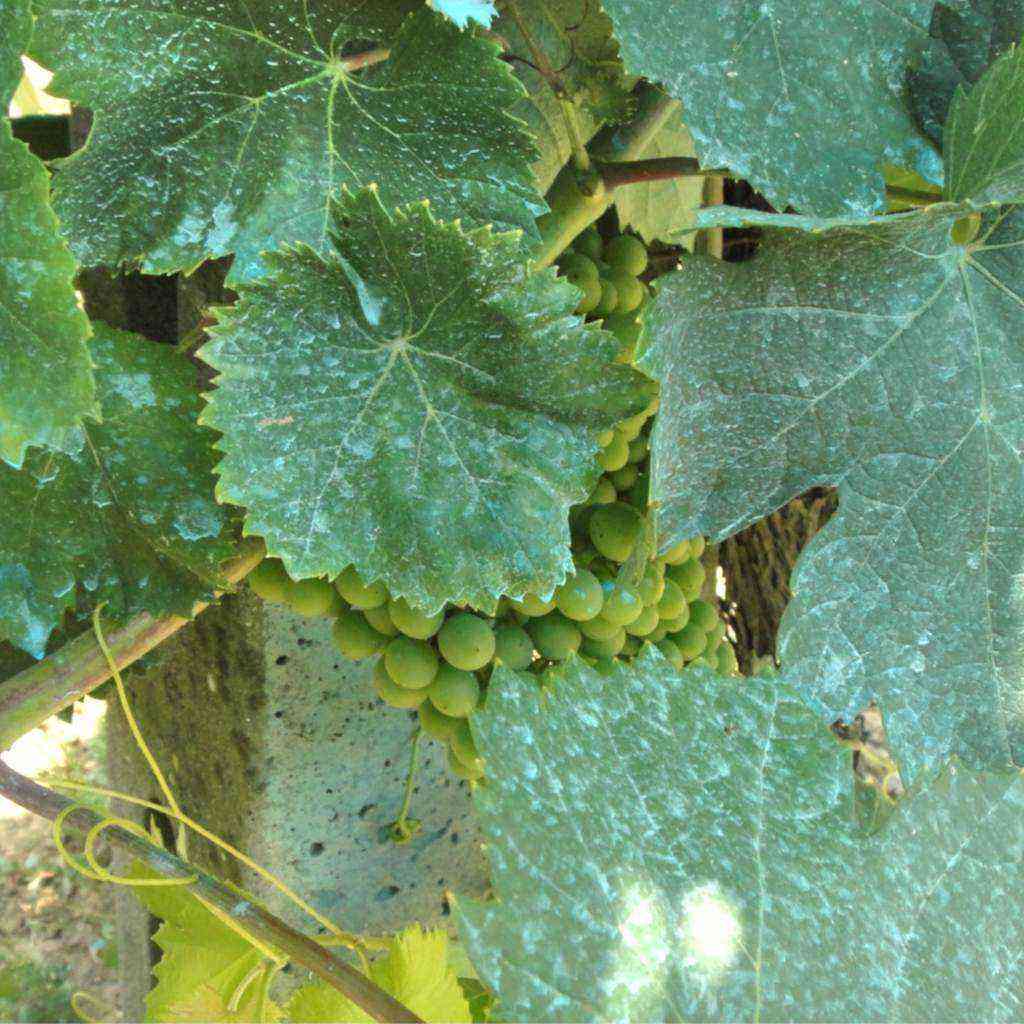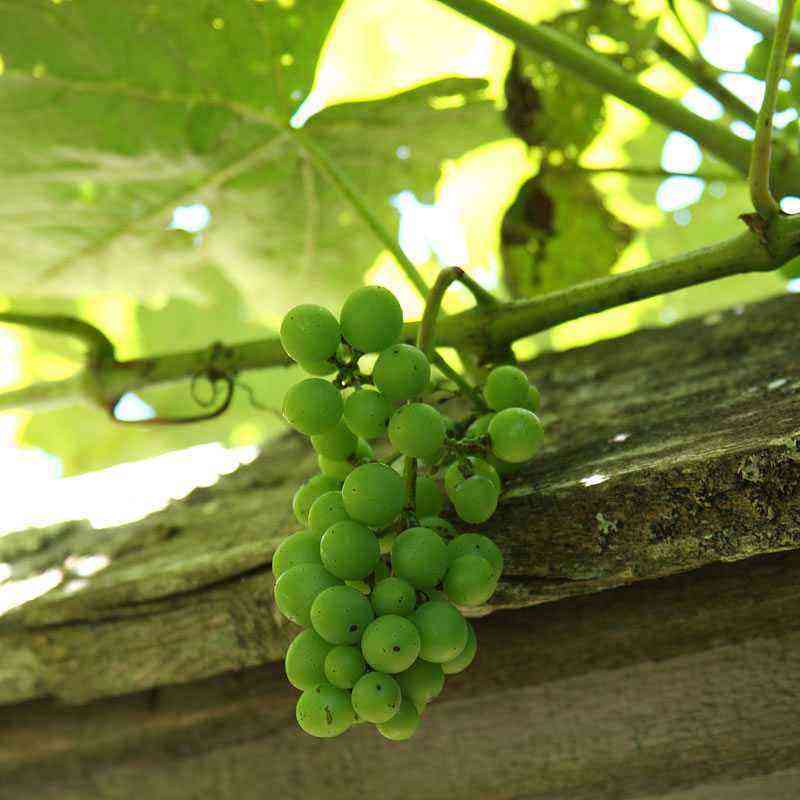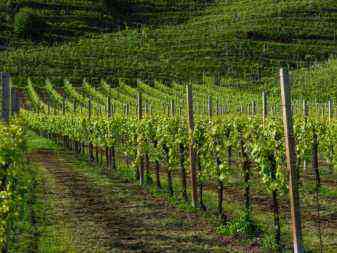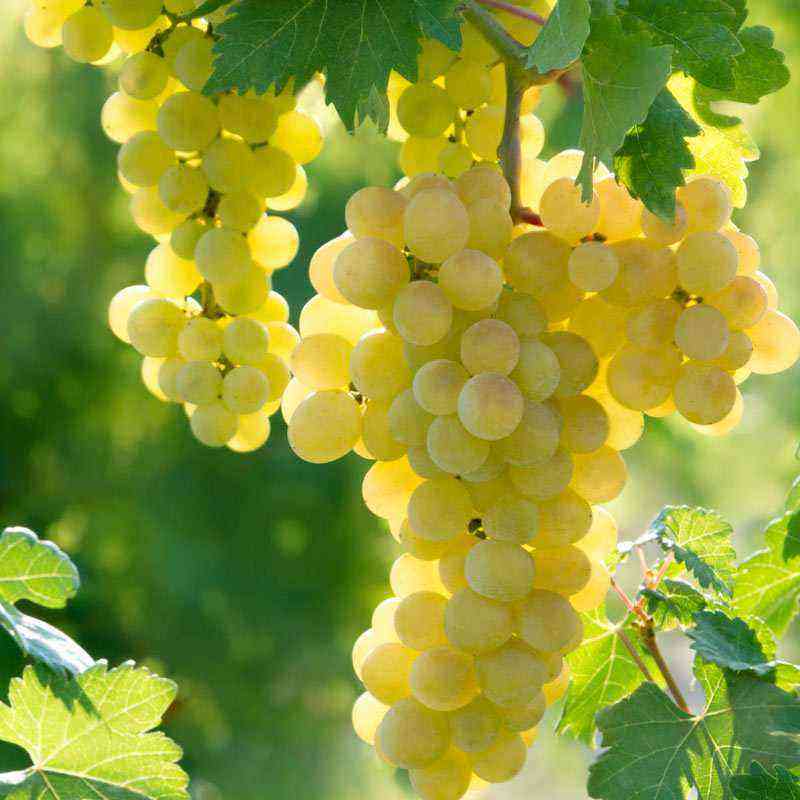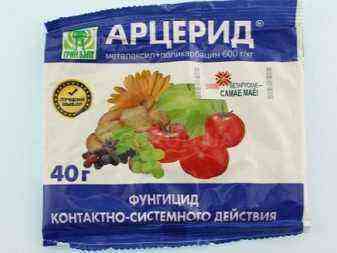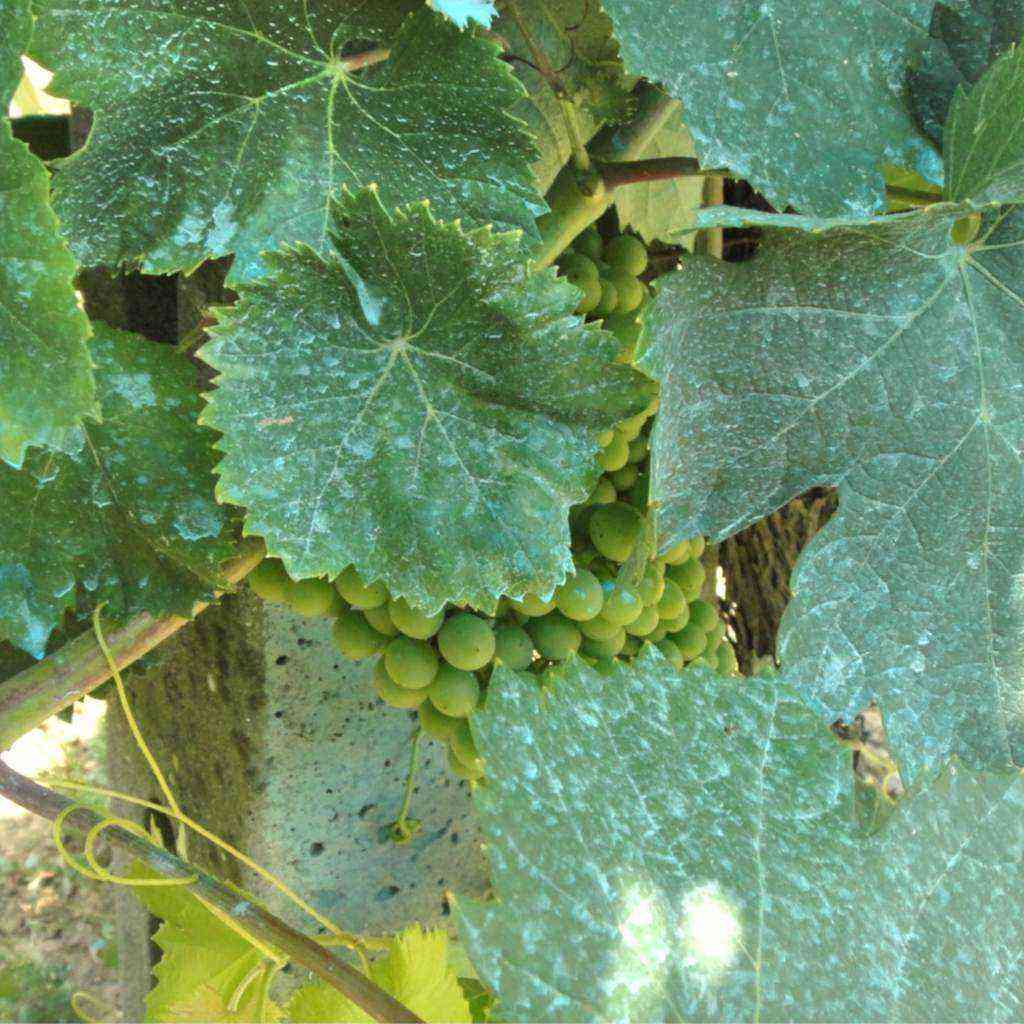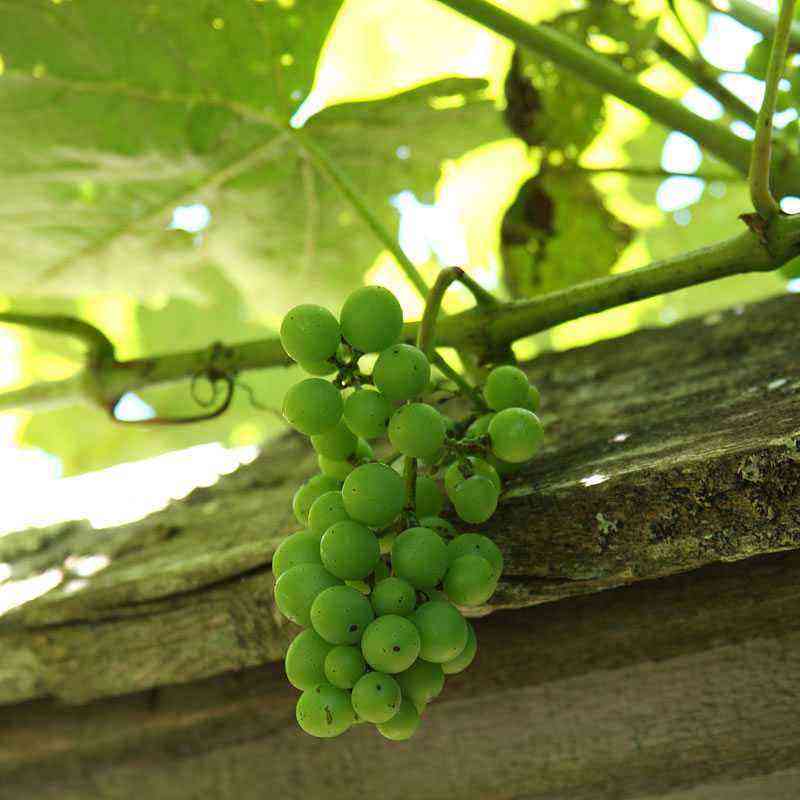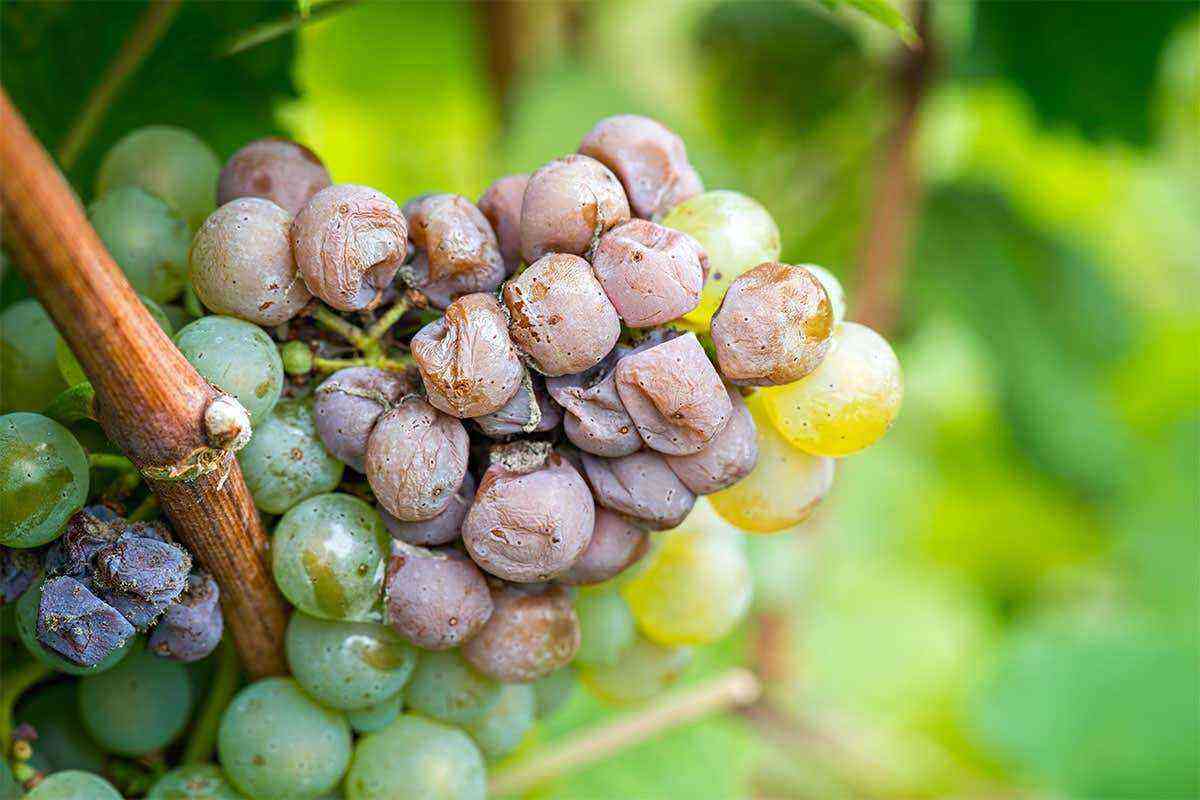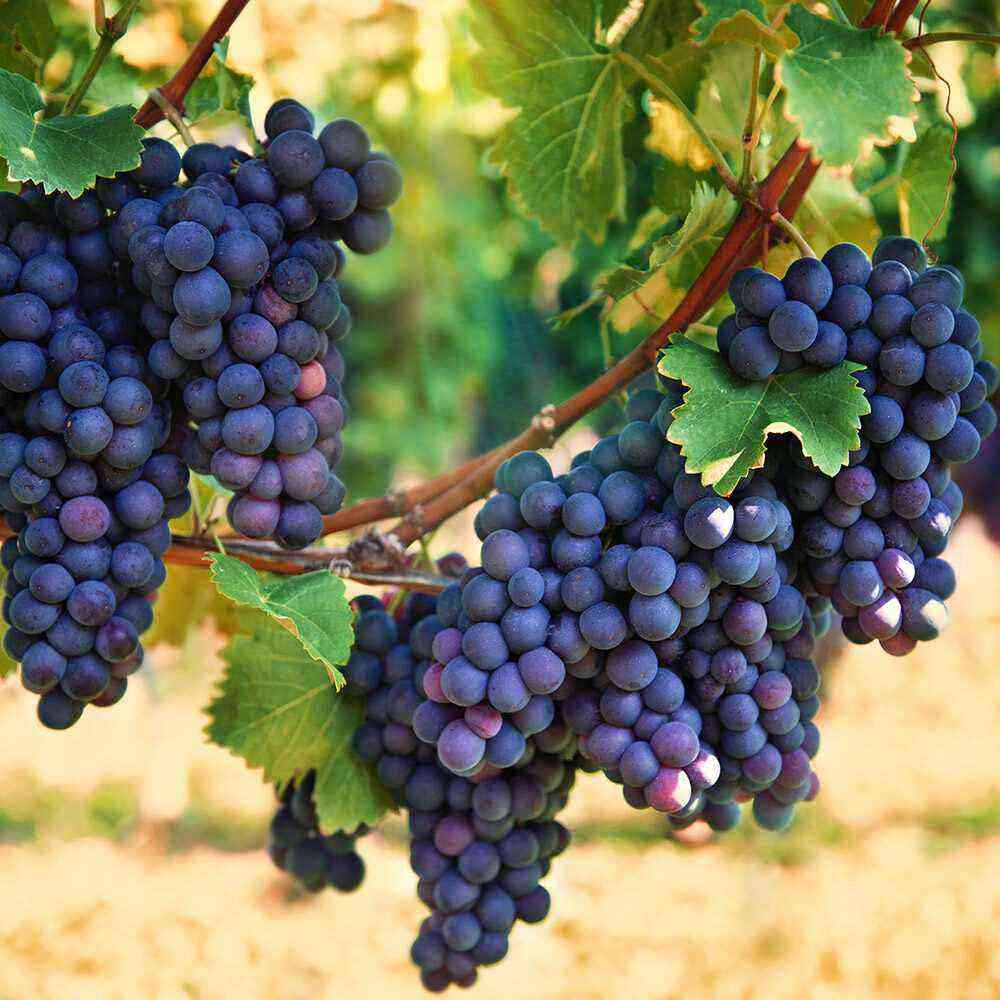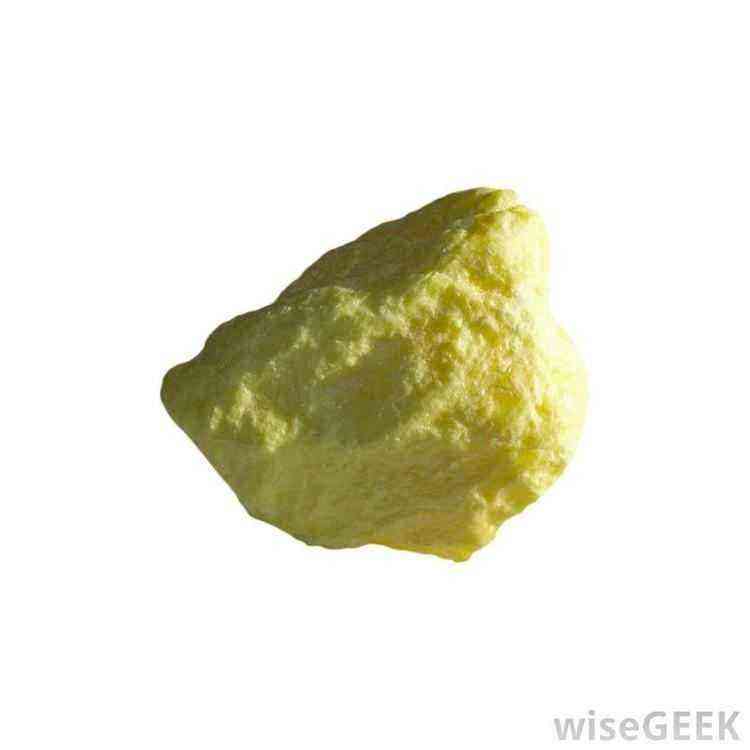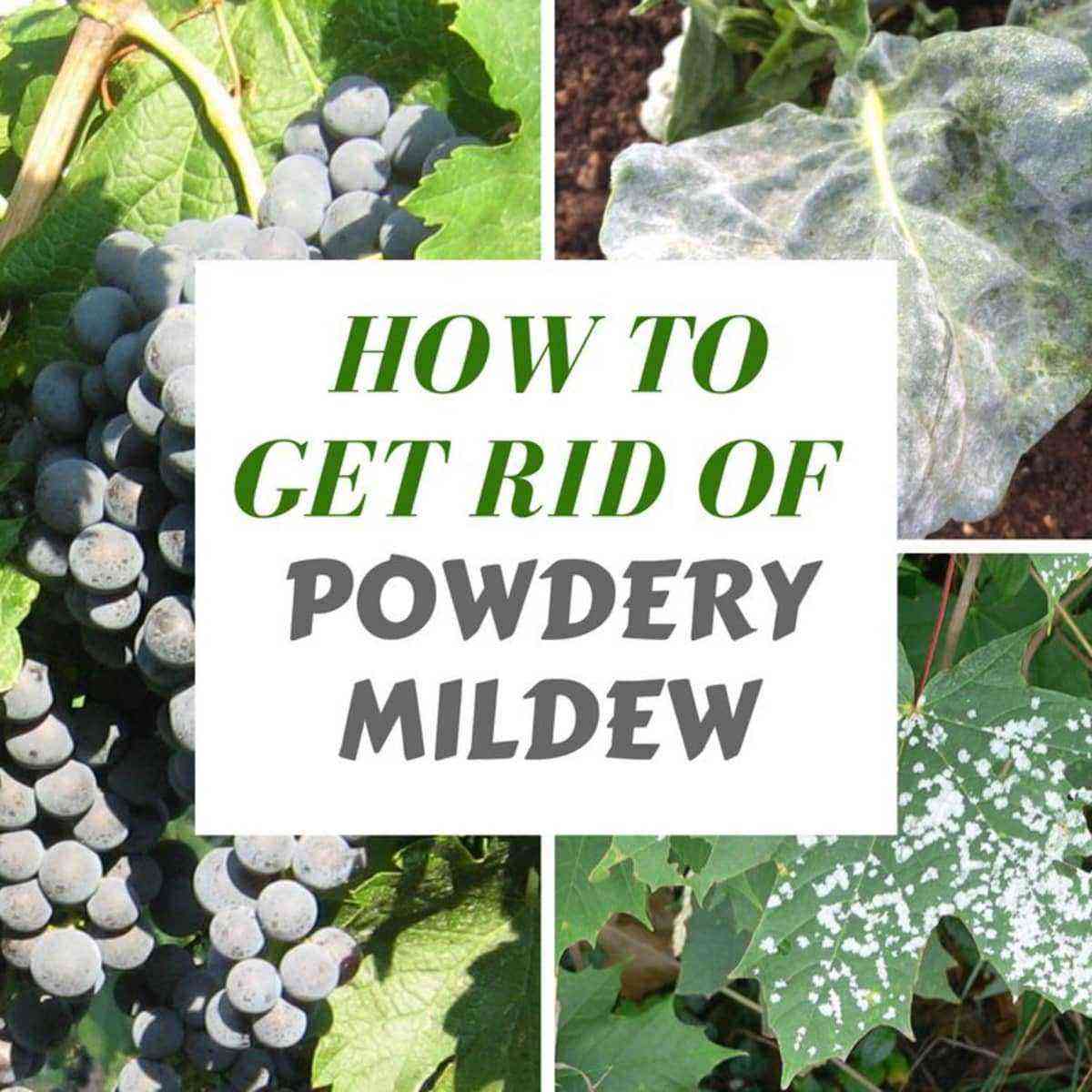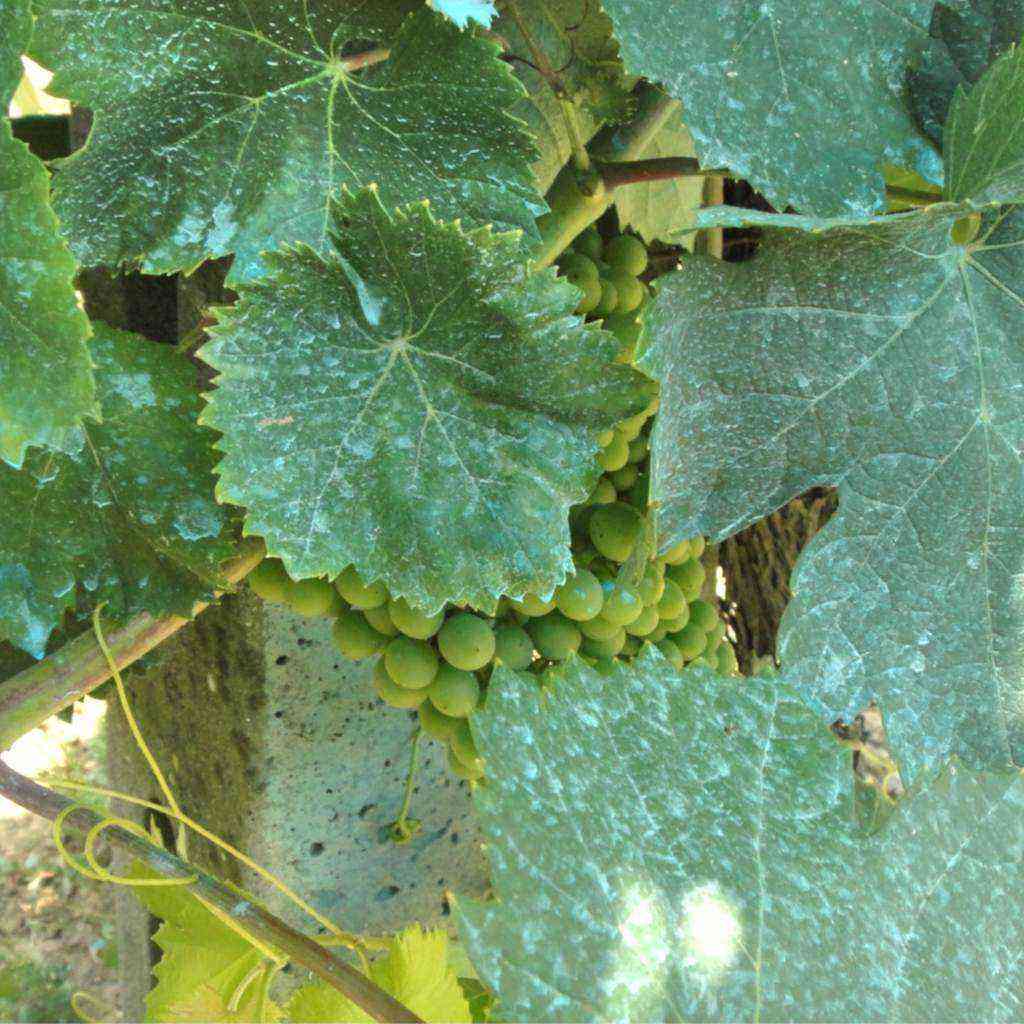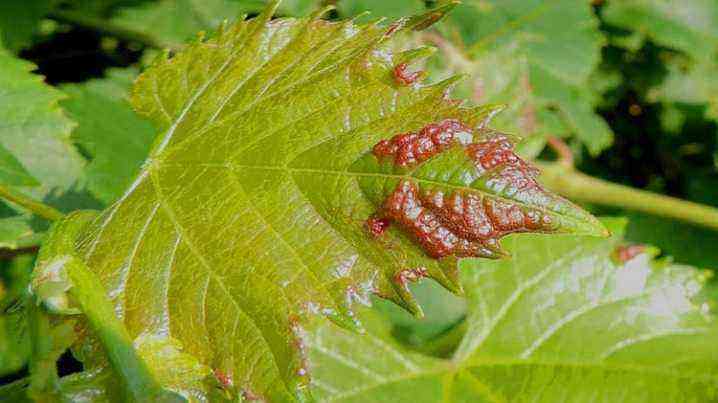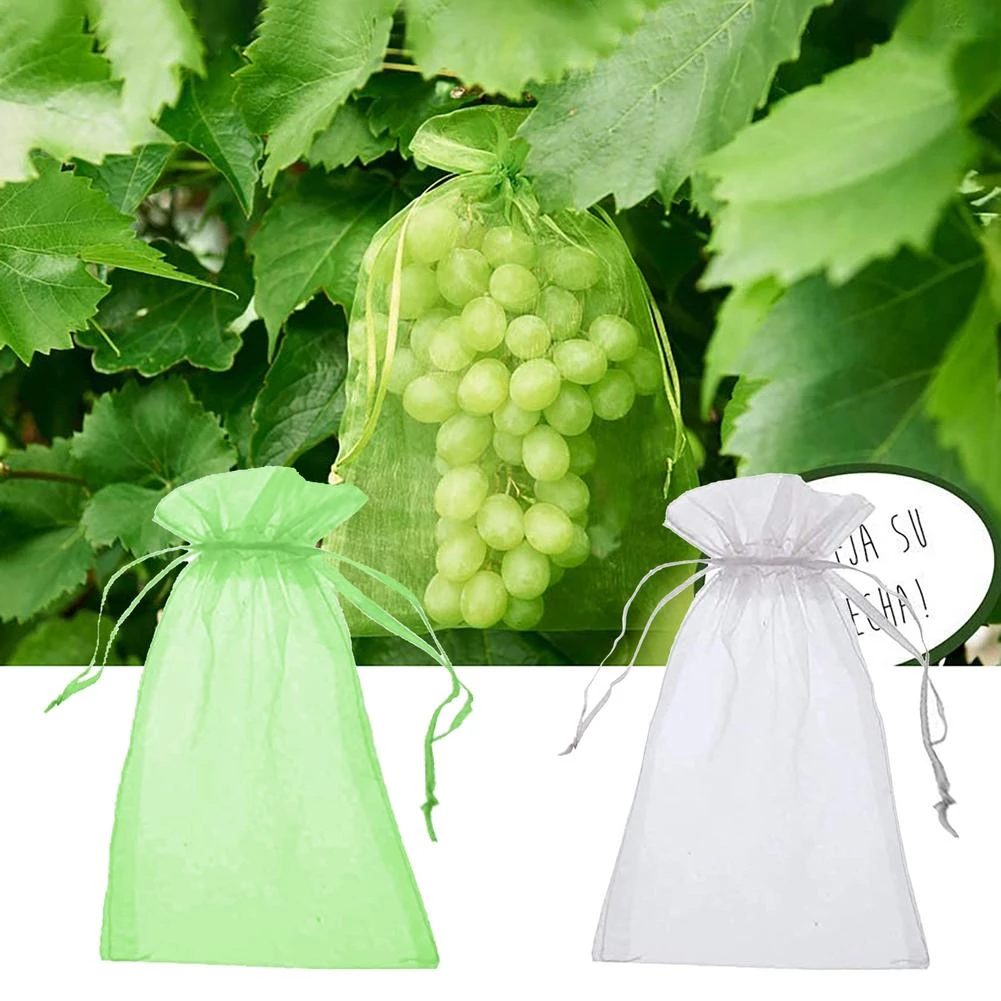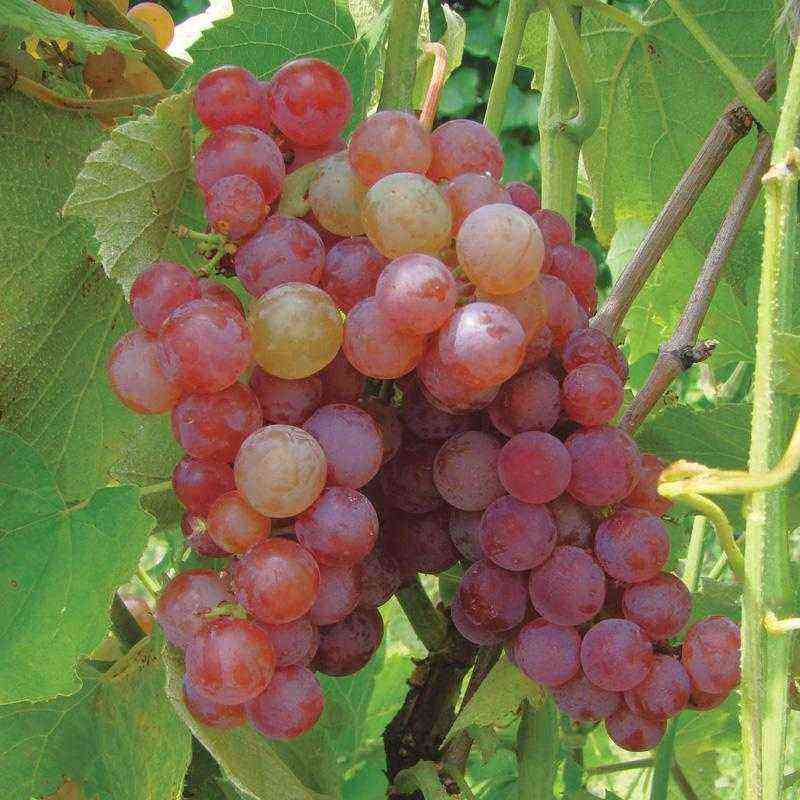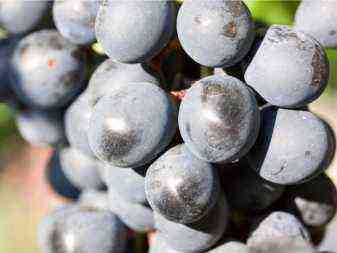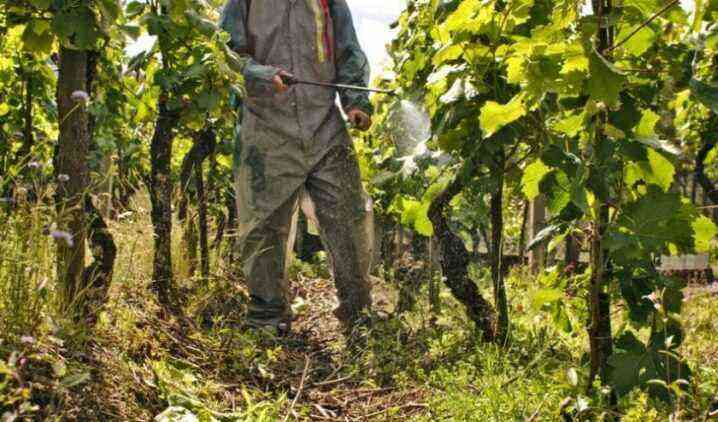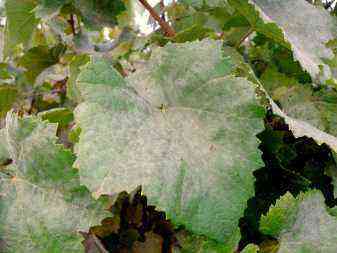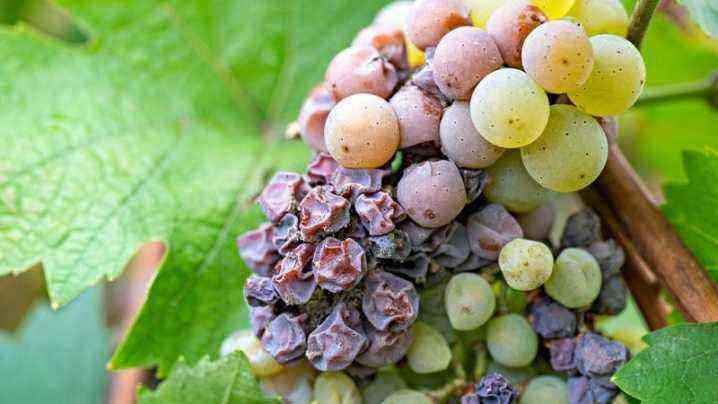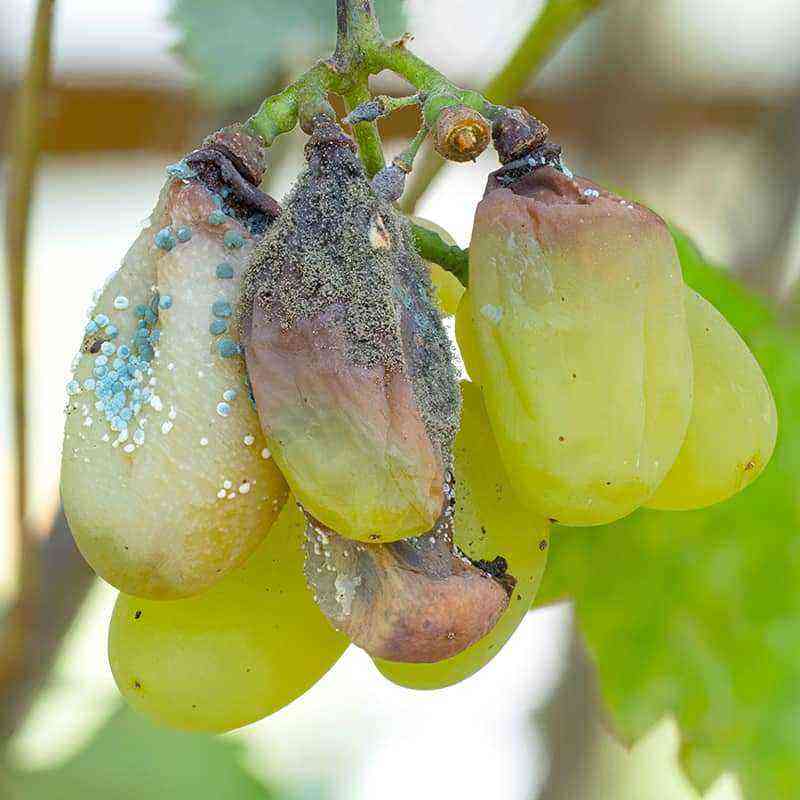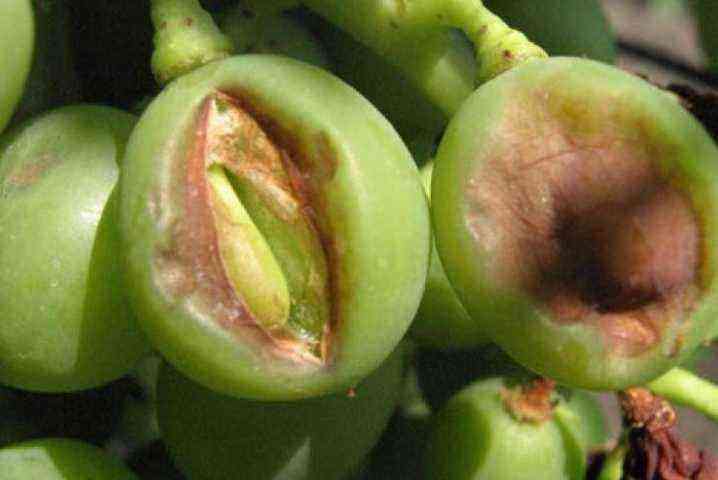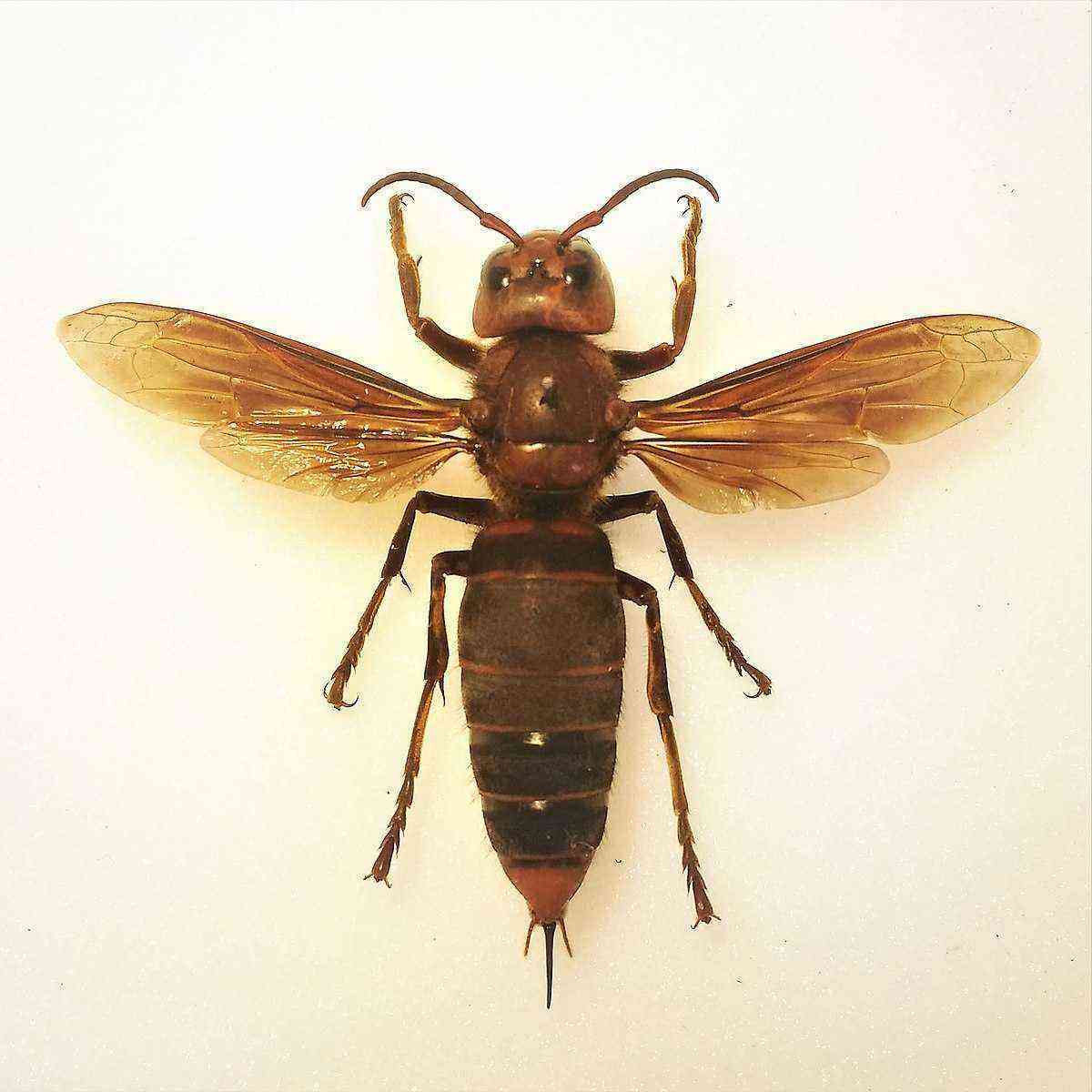A disease known to gardeners and gardeners called oidium causes marsupial fungus. The disease damages inflorescences, tendrils, leaves and berries of grapes, thrives in a dry and hot climate, therefore, in Russia, its distribution areas are limited.

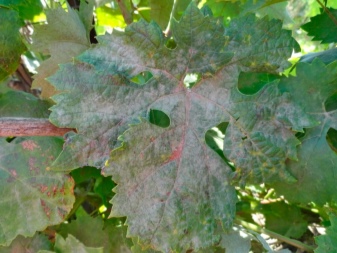
What it looks like: distinguishing features
Oidium is known in all countries where grapes are cultivated, it is also called powdery mildew, linen, ashtray. The causative agent of infection in grapes is the fungus Oidium tuckeri.
Symptoms of the disease appear on the upper side of the leaf – yellow spots appear with an ash-gray coating, even with a whitish tint. Under this plaque, necrosis of living tissue occurs. Infected foliage is deformed, but remains on the shoots. Then the infection affects young shoots – they form a point necrosis, prone to growth.
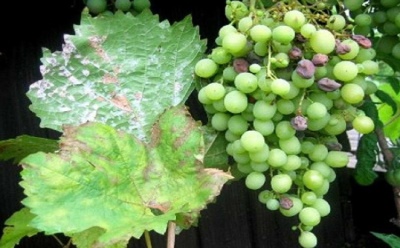
The defeat in the early stages causes the color to fall off, the affected shoots do not have sufficient strength for full maturation, and they may not endure the winter period. Infection with oidium at a later date causes the berry to be covered with a gray-white coating – all the same necrotic processes occur under it. The fruits begin to crack, the pulp exposes the seeds. If the infection occurred after the formation of the fruit, then cracking does not occur. Instead, a cobwebby ray-like coating appears on the skin of the fruit. Plaque turns into a transit channel for the penetration of harmful pathogens – various kinds of rot.
A characteristic feature of the oidium is not a complete lesion of the hand, but only its individual sections.

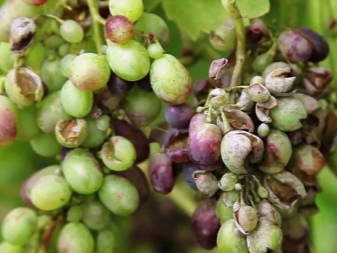
In order for the fungus to multiply well, it needs the appropriate conditions:
- temperature in the range of 20-25 degrees;
- high humidity at the level of 60-80%;
- dry weather with a long dry period.
At the same time, the minimum temperature for rhizopus to grow and develop is minus 5 degrees. But at + 30 ° C and above, the fungus dies. The same thing happens if the humidity level drops below 40%. The mycelium safely survives the winter period in grape buds in order to begin their destructive activity in early spring. Powdery mildew infection is mainly exposed to:
- plantings growing on the banks of water bodies;
- weakened plants lacking soil moisture;
- dense plantings experiencing poor ventilation between plants;
- a vine that grows freely, without the formation of bushes on a trellis, which also stimulates increased moisture in foliage and shoots.
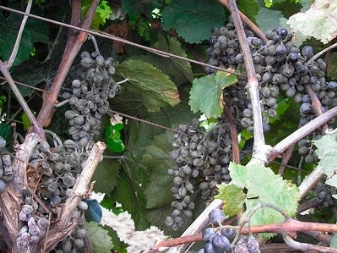
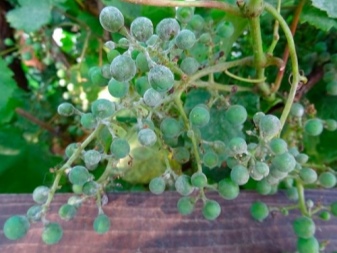
Harm done
Powdery mildew (Oidium) was brought to the Eurasian continent from North America. The oidium was first discovered in England. This was recorded in 1845. It was after this date that the oidium triumphantly marched through the country, occupying the entire continent for five years. As a result, the infection turned into an epidemic, which scientists were able to stop by discovering a means to combat this “scourge” – sulfur.
During the search for counteraction, we found out what kind of threat oidium poses to grapes:
- a sharp decline in productivity;
- unsuitability of grapes for consumption.
All affected areas must be removed, otherwise the pulp, juice, and therefore wine, will have an unpleasant taste and smell of mold. And the fact that infection with oidium provokes the appearance of other pathogens is especially unpleasant. Powdery mildew peaks in mid-summer.
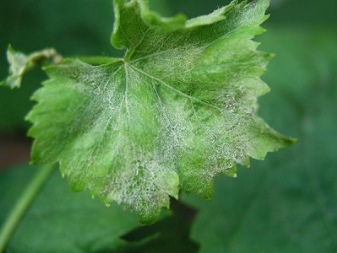
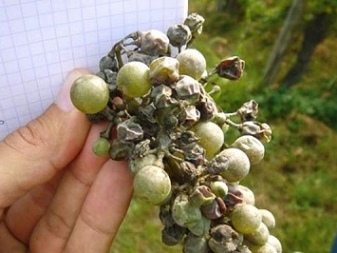
To confirm the results of a visual examination, additional studies are carried out under a microscope. Cut damaged leaves are dissected: the hyphae are separated from the leaf plate with a special needle. A drop of water is applied to a glass slide, hyphae are placed in it and examined under a microscope. Hyphae with spores (condienophores) stand upright, and spores look like chains.
As practice shows, adult berries affected by the fungus can continue to develop, but these are already fruits that can only be disposed of – they are not suitable for food.
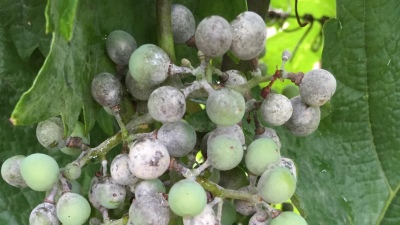
How to cure grapes?
Preventive treatment of vine plantations is carried out in early spring, immediately after the growth of the vegetative mass begins. This is all the more necessary if infection has already been observed. Over the long years of the fight against oidium, many folk methods of struggle have been developed, not to mention special fungicidal preparations.
Many people choose folk ways to deal with powdery mildew. Active opponents of the use of chemistry on their own plots and fans of environmentally friendly products resort to this type of counteraction to Oidium tuckeri attacks.
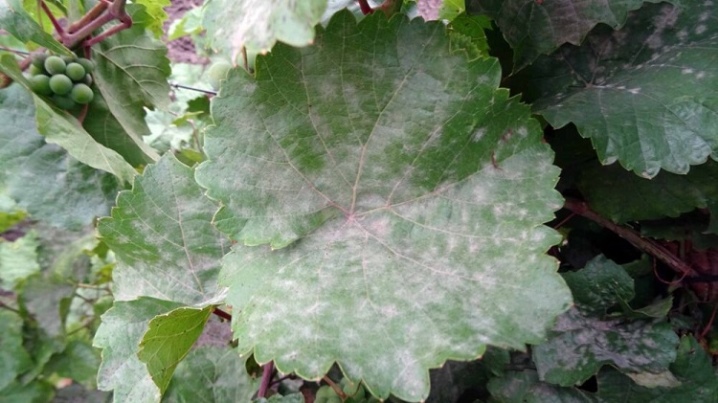
The effectiveness of such products is noticeably inferior to fungicides, and the treatment has to be carried out several times, but perseverance and perseverance always lead to a positive result.
- Infusion of humus. A week before processing, it is necessary to pour the sifted humus with warm water, cork tightly and put in a dark place for 6 days. Then, after the expiration of the period, the resulting concentrate is filtered and used to process bushes in cloudy, calm weather, it is preferable to do this in the evening. Such spraying is carried out more than once – it is repeated after a week and the last time – before flowering. Particularly affected areas are treated weekly.
- Ash infusion. Half a bucket of wood ash is diluted with 7 liters of water. Next, the solution must be boiled for 20 minutes. After the composition is ready, it is diluted with 7 liters of water and liquid soap is added – 100 g. Treatment with this infusion is recommended to be carried out from the second half of the summer season once a decade.
- Soda solution. This composition consists of several components, it is absolutely safe and can be used at any time during the growing season (flowering, ripening). To prepare it, 5 tablespoons of baking soda are dissolved in hot water, 15-20 drops of iodine are added. The resulting composition is added with water, increasing it to 10 liters. After that, a solution of potassium permanganate is added, bringing the liquid to a light pink color. At the end, add 40 ml of dissolved laundry soap. Plantings are treated with soda solution 5 times per season, if necessary, the frequency is increased. The first treatment is carried out 7 days before flowering, then weekly.
- Infusion of horsetail. Horsetail is harvested immediately before cooking, crushed and poured with water, based on the calculation of 100 g per 1 liter. The resulting mixture is insisted for a day, then boiled for one and a half to two hours, filtered, cooled, diluted with water 1:5 and the grapes are processed. Procedures are carried out weekly throughout the growing season. The composition retains its properties for a week if stored in a dark, cool place.
- Whey solution. Serum is mixed with water 1:10 and weekly spraying is carried out with it.
With the help of proper agricultural technology, you can reduce the risk of oidium disease in grapes.
Measures taken:
- the choice of planting material is the first thing to pay attention to when organizing new plantations, preference should be given to disease-resistant varieties;
- observance of the minimum distance between the bushes and rows: thickening is one of the main provocateurs of the appearance of powdery mildew;
- mandatory timely pruning and pinching, as well as thinning of foliage in the area where the clusters are located, are needed;
- garter, the correct formation of a bush, the organization of trellises and the most optimal location of shoots on it.
Proper watering and weeding are no less important in the overall complex of agrotechnical measures – grapes do not like waterlogging, but need additional irrigation during the dry period. Weeding and mulching will help retain nutrients in the soil for the vine and keep the soil from drying out and cracking.
Overview of effective drugs
The initial treatment is carried out during the swelling of the kidneys. It is during this period that iron sulfate is most well perceived by the plant in an acceptable concentration. Like all other foliar treatments, the procedure should be carried out early in the morning or in the evening in calm weather.
Repeated spraying is carried out in the presence of 4-6 leaves on the shoot. This is the time to use sulfur, sulfur compounds. If sulfur is used directly, then it must be ground and sieved, turning the substance into a powder. On a bucket of water use 30-40 grams. Spraying with sulfur is not carried out in cold weather – the minimum temperature should be +20 degrees.

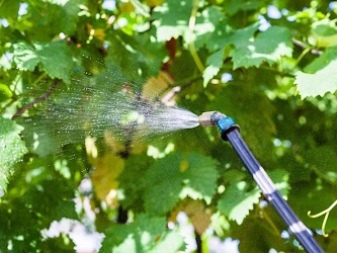
If a cold period has been established, and it is necessary to get rid of the disease, you can replace sulfur with other drugs indicated in the table.
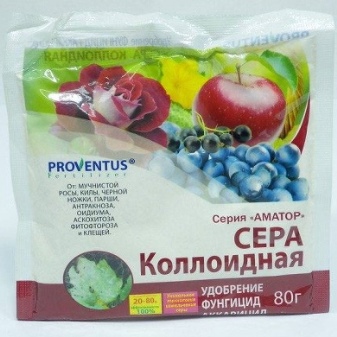
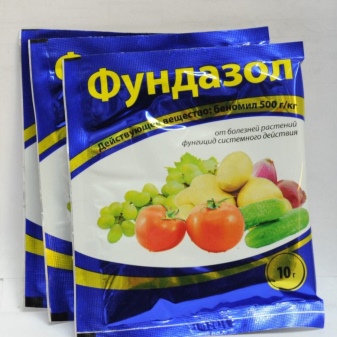
The main danger during spraying is getting the plant burns from the direct rays of the sun, which is why there are recommendations to spray in the morning or evening hours, when the sun’s rays lose their strength.
You can use the microbiological preparation “Fitosporin”. Its main advantage is the ability to process the plant at any time (spring, summer, autumn), during flowering and ripening, fruiting.
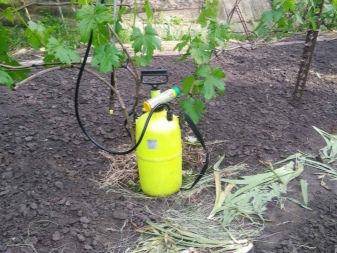
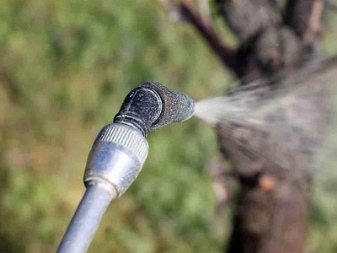
What varieties are resistant?
The list of varieties that successfully resist oidium is very large, so here are a few examples:
- “Aligote”;
- “Kara Janjal”;
- “Semillion”;
- “Merlot”;
- Malbec;
- Kishmish Vatican;
- all hybrids of the Vostorg variety;
- “Kishmish Zaporozhye”;
- “White miracle”;
- “Muscat velvet”;
- “Golden Don”.
Since fungi from the rhizopus family are one of the main enemies of grapes, attention is paid not only to the production of countermeasures, but also to breeding work. The development of resistant varieties is on the list of desired results in the work of breeders.
Tips and Prevention
For high-quality counteraction to the attacks of fungal organisms, not only plant treatments are needed. Prevention is a mandatory measure, an effective and efficient method of preventing diseases in the area.
The list of preventive measures includes:
- mandatory collection and burning of foliage and diseased clusters;
- sanitary and shaping pruning, the use of copper or iron sulphate for the treatment of covering varieties, as well as adjacent soil.
In the spring, fungicide treatments or the use of folk methods are required, in the summer – thinning of the vegetative mass to ensure ventilation.

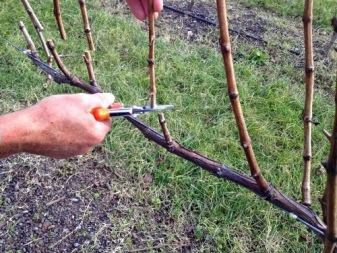
The next video will tell you about the causes of infection and how to deal with oidium on grapes.
